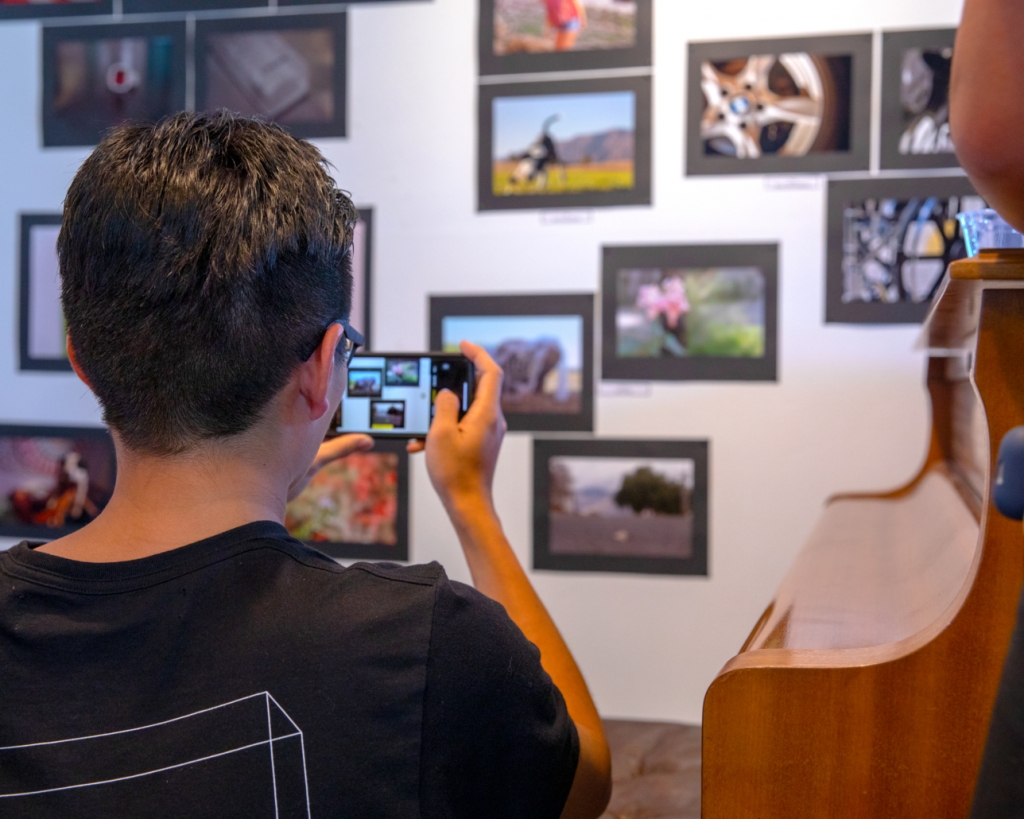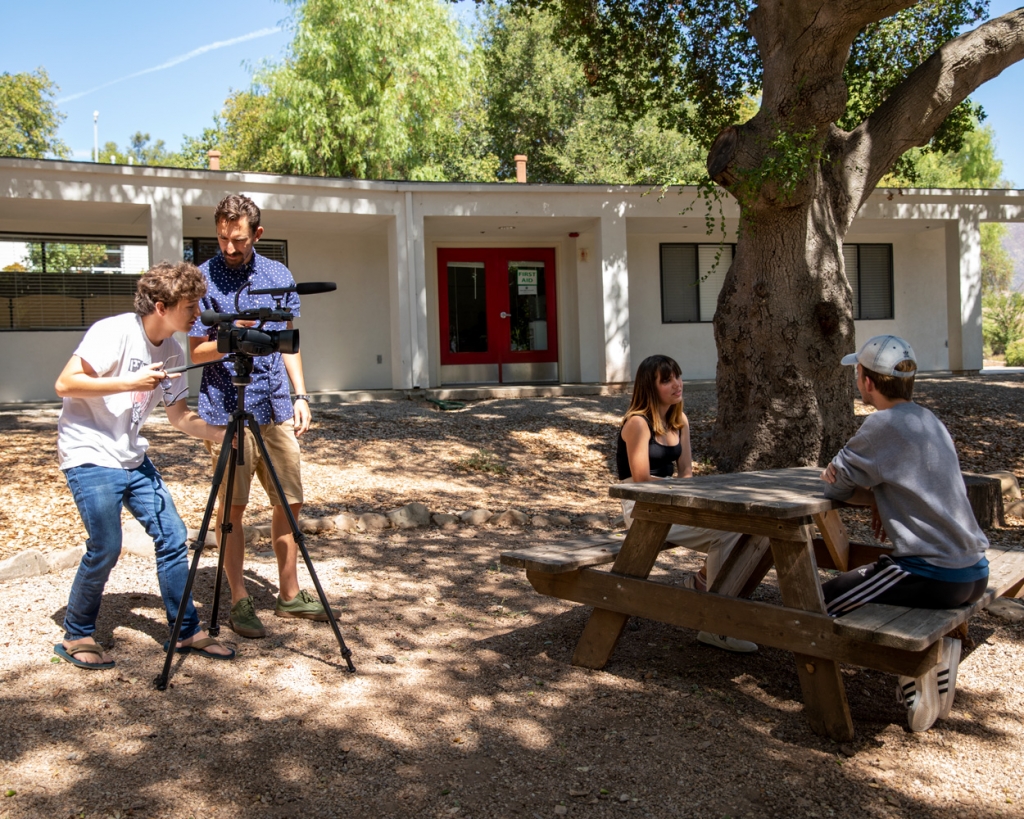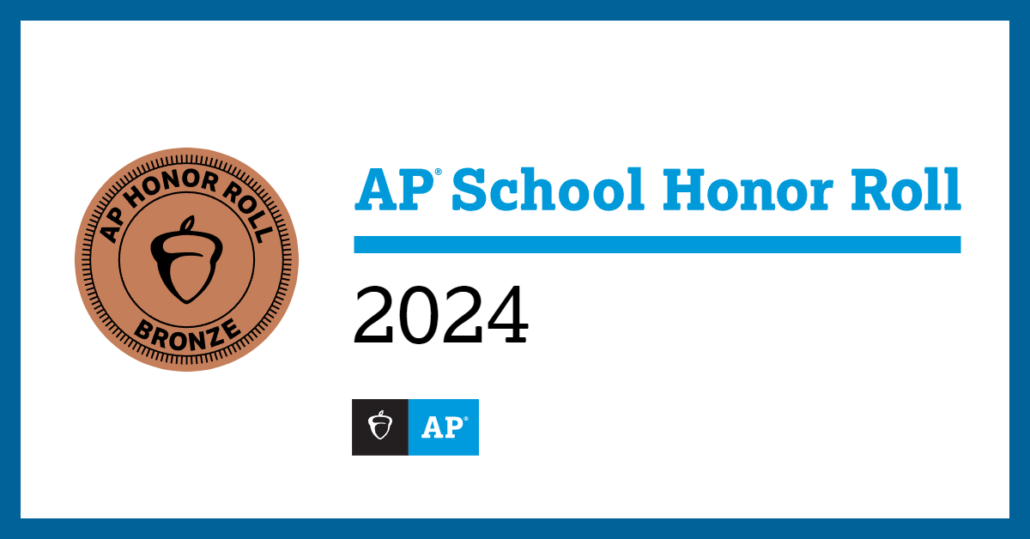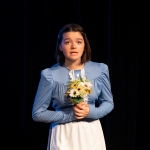Technology and Creativity for Tomorrow

There have been numerous ideas for how to implement technology for the improvement of educational practices in the 21st century: 1:1 iPad plans, smartboards, ePortfolios, even blockchain. There has also been plenty of debate regarding whether it is or has been beneficial. One thing we can say for certain, is that it’s been a mixed bag of success and deadends. What is clear is that technology provides us a set of possible tools, not answers.
Optimism has certainly not been in short supply. Correlations have been assumed and proliferated between technological advancement and that of education. Although there is plenty of opportunity, technology and progress should not be conflated, in education or out of it. In education, it’s up to educators to prepare students for ever-changing technology, such as software and platforms that will change multiple times between their first day of high school and graduation.

Students should know the fundamentals of concepts before supplemental technology is added to the learning equation. Fundamentals such as the rule of thirds in photography won’t change, but its application with the help of technology will. Technology has quickened communications and processes more than we can quantify. Examples include the exponential capability and affordability of genome sequencing, polymerase chain reaction(PCR), and digital storage. Technology can quicken the rate of our use of concepts, but the proverbial technology of the cart should not be put before the conceptual horse.
In providing students with the bedrock foundational concepts they need and preparing them for the advent of new technologies, the next logical ask of their capabilities is creativity. With the workforce of tomorrow needing to be prepared for technologies that do not exist yet, creativity and adaptability are paramount. The emphasis on creativity and its necessity in modern times has gained global context, with more and more industries asking for creative types in their industries. As a result, we are seeing more maker spaces, workshops, and other creative labs on school campuses. From Lego to Minecraft, there are tools old and new out there to promote creativity and crossover in academic settings.
As the suite of tools available to us continues to grow, we in education have to highlight to our students how to think, and how to identify the tools necessary for their own learning. The distinction between what and how is key. It is how you prepare young people for technologies, jobs and industries that do not yet exist.
Everyone should have at least one creative outlet they engage with, for personal and professional benefit. In core subjects and electives there are opportunities to use different parts of the brain and create new neurological pathways that help young brains develop.
Exploring blockchain technology and its potential applications for education, Guang Chen, Bing Xu, Manli Lu & Nian-Shing Chen, Smart Learning Environments, Volume 5, Article number: 1 (2018)
Infusing Creativity and Technology in 21st Century Education: A Systemic View for Change, Danah Henriksen, Punya Mishra and Petra Fisser, Journal of Educational Technology & Society, Vol. 19, No. 3 (July 2016), pp. 27-37
Neil Selwyn (2016) Minding our language: why education and technology is full of bullshit … and what might be done about it, Learning, Media and Technology, 41:3, 437-443
https://search.informit.com.au/documentSummary;dn=329541173898122;res=IELHSS
Besant Hill School of Happy Valley
8585 Ojai Santa Paula Rd
Ojai, CA 93023
contact@besanthill.org
Tel: (805) 646-4343
Fax: (805) 646-4371






 Besant Hill School
Besant Hill School Besant Hill School
Besant Hill School